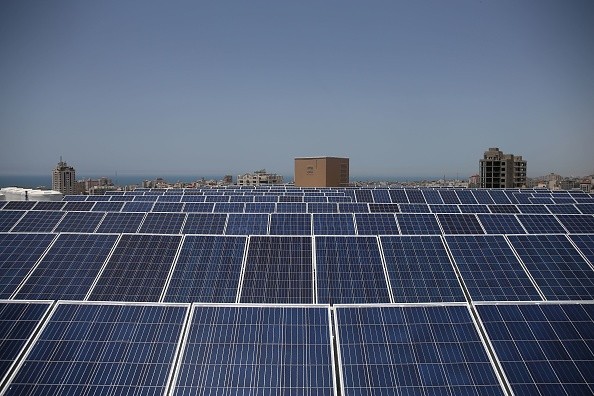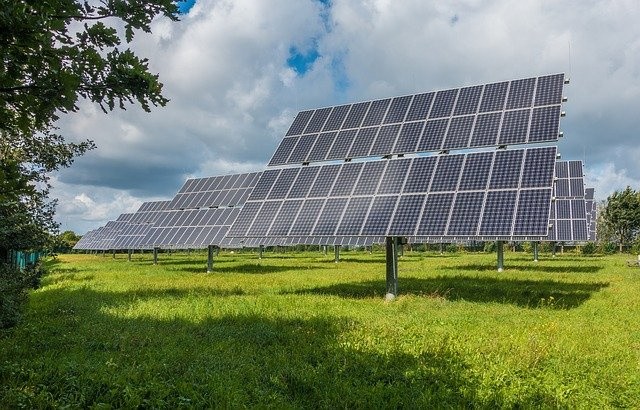As a result of research from The Australian National University (ANU) that lessens their present restrictions, a rise in the efficiency of solar panels might be on the horizon.

Solar Energy
In contrast to fossil fuels, the sun has more than enough energy to supply the world's energy demands, and it won't run out anytime soon.
The sole constraint on solar energy as a renewable resource is our capacity to efficiently and economically convert it to electricity.
After solar panels are installed, maintenance expenses are minimal compared to those associated with conventional power producing methods.
Solar energy doesn't require fuel; therefore, it can generate vast amounts of electricity without the risk and price of ensuring a fuel supply.
Solar energy has a far lower environmental effect than other forms of power generation since it is a renewable source of CO2-free energy.
The impact is mostly connected to supplying and manufacturing the unique metals and materials needed to make solar panels.
The location and water used to clean the solar panels also impact the ecosystem.
Solar energy technology is being improved by experts who are working very hard.
Recent Studies

Researchers from ANU have discovered a method to increase the efficiency of silicon photovoltaic (PV) or solar cells.
This is accomplished by increasing the solar cell's productivity by adding "passivating connections" between its metal and silicon components, aa cited by ScienceDaily.
According to principal ANU researcher and Ph.D. candidate Mohamed Ismael, "these results will help push the performance of silicon solar cells closer to their theoretical limit."
"The only restriction is our capacity to convert it to electricity cheaply," he stated. "Each day, the sun provides much more energy than required to power the entire earth."
Solar cells are machinery that transforms photons, the form of light energy, into electrical power.
Currently, the direct interaction of metals with silicon causes significant electrical losses that prevent solar cells from functioning at their full potential.
Dr. Lachlan Black stated, "Transition metal oxides, such as titanium oxide, have various properties that make them excellent as passivating contact layers."
Although the concept is not novel, the combination of these layers has led to better outcomes and higher working voltages than has ever been seen before.
The research team's goal is to advance the technology to the point where it can be broadly used in industrial solar cells.
The silicon solar cell business contributes 95% of all commercial solar cells, making the PV market a multi-billion dollar sector.
Given their advantages over rivals, they are expected to maintain their dominance for the foreseeable future.
Putting the Results to Use
"If we are successful, we may be able to use our technology in almost all new solar panels that are put on roofs or in utility-scale solar facilities," according to Dr. Black.
Before the technology can be used, a few practical concerns must be resolved, but the PV community is actively striving to find solutions.
In addition to assisting in the fight against climate change, Ismael noted that increasing solar cell efficiency creates new business prospects for this low-cost clean energy.
Related Article : Novel Technology May Help Combat Climate Crisis
For similar news, don't forget to follow Nature World News!
© 2025 NatureWorldNews.com All rights reserved. Do not reproduce without permission.





